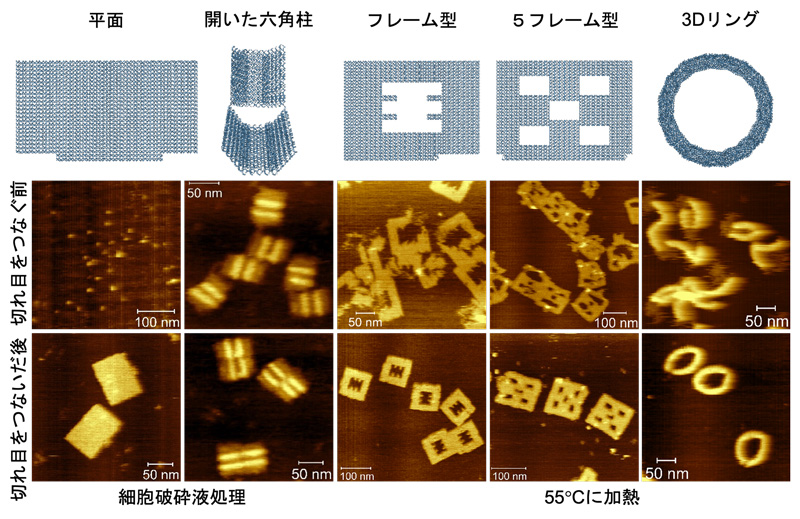2023-11-02 カロリンスカ研究所(KI)
◆この研究は、偽陽性の結果を受けた女性に乳がんリスクがあることを示唆し、長期的なリスクの増加を示しています。偽陽性の結果を受けた女性は、個別のモニタリングプログラムを検討することが役立つ可能性があります。
<関連情報>
- https://news.ki.se/higher-risk-of-breast-cancer-in-women-with-false-positive-mammography-result
- https://jamanetwork.com/journals/jamaoncology/fullarticle/2811409
マンモグラフィで偽陽性と判定された後の乳がん発生率 Breast Cancer Incidence After a False-Positive Mammography Result
Xinhe Mao, Wei He, Keith Humphreys, Mikael Eriksson, Natalie Holowko, Haomin Yang, José Tapia, Per Hall, Kamila Czene
JAMA Oncology Published online November 2, 2023
DOI:10.1001/jamaoncol.2023.4519

Key Points
Question What are the long-term outcomes for women who receive a false-positive mammography result?
Findings In this population-based, matched cohort study in Sweden, women with a false-positive mammography result had an elevated incidence of breast cancer and mortality for up to 20 years; the increased breast cancer risk varied according to age, mammographic breast density, and whether a biopsy was performed during recall or not. In addition, the risk of breast cancer was more pronounced during the initial years after the false-positive mammography result.
Meaning This study suggests that breast cancer awareness should be emphasized long term for women with a false-positive mammography result; developing personalized surveillance programs can be beneficial for these women.
Abstract
Importance False-positive mammography results are common. However, long-term outcomes after a false-positive result remain unclear.
Objectives To examine long-term outcomes after a false-positive mammography result and to investigate whether the association of a false-positive mammography result with cancer differs by baseline characteristics, tumor characteristics, and time since the false-positive result.
Design, Setting, and Participants This population-based, matched cohort study was conducted in Sweden from January 1, 1991, to March 31, 2020. It included 45 213 women who received a first false-positive mammography result between 1991 and 2017 and 452 130 controls matched on age, calendar year of mammography, and screening history (no previous false-positive result). The study also included 1113 women with a false-positive result and 11 130 matched controls with information on mammographic breast density from the Karolinska Mammography Project for Risk Prediction of Breast Cancer study. Statistical analysis was performed from April 2022 to February 2023.
Exposure A false-positive mammography result.
Main Outcomes and Measures Breast cancer incidence and mortality.
Results The study cohort included 497 343 women (median age, 52 years [IQR, 42-59 years]). The 20-year cumulative incidence of breast cancer was 11.3% (95% CI, 10.7%-11.9%) among women with a false-positive result vs 7.3% (95% CI, 7.2%-7.5%) among those without, with an adjusted hazard ratio (HR) of 1.61 (95% CI, 1.54-1.68). The corresponding HRs were higher among women aged 60 to 75 years at the examination (HR, 2.02; 95% CI, 1.80-2.26) and those with lower mammographic breast density (HR, 4.65; 95% CI, 2.61-8.29). In addition, breast cancer risk was higher for women who underwent a biopsy at the recall (HR, 1.77; 95% CI, 1.63-1.92) than for those without a biopsy (HR, 1.51; 95% CI, 1.43-1.60). Cancers after a false-positive result were more likely to be detected on the ipsilateral side of the false-positive result (HR, 1.92; 95% CI, 1.81-2.04) and were more common during the first 4 years of follow-up (HR, 2.57; 95% CI, 2.33-2.85 during the first 2 years; HR, 1.93; 95% CI, 1.76-2.12 at >2 to 4 years). No statistical difference was found for different tumor characteristics (except for larger tumor size). Furthermore, associated with the increased risk of breast cancer, women with a false-positive result had an 84% higher rate of breast cancer death than those without (HR, 1.84; 95% CI, 1.57-2.15).
Conclusions and Relevance This study suggests that the risk of developing breast cancer after a false-positive mammography result differs by individual characteristics and follow-up. These findings can be used to develop individualized risk-based breast cancer screening after a false-positive result.


